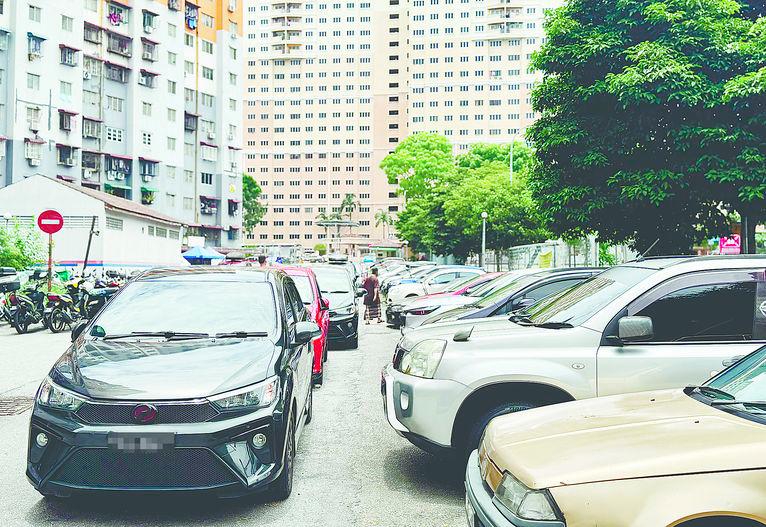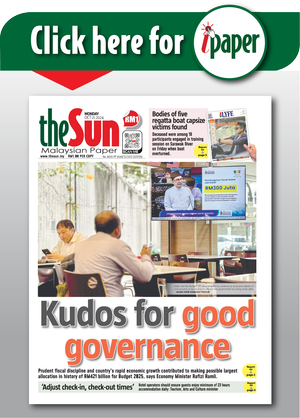PETALING JAYA: The persistent issue of double parking in both commercial and residential areas continues to worsen traffic congestion, create serious road safety hazards and hinder emergency response efforts.
Universiti Putra Malaysia’s Road Safety Research Centre head Assoc Prof Dr Law Teik Hua told theSun that from a safety standpoint, double parking forces vehicles to manoeuvre unpredictably, increasing the likelihood of crashes, particularly rear-end collisions.
“It also obstructs visibility for both drivers and pedestrians, making it harder to anticipate hazards. Drivers may be forced to drive against traffic, creating dangerous situations that could lead to crashes,” he said.
Law also highlighted that emergency service vehicles, such as ambulances and fire trucks, rely on unobstructed roads to respond swiftly.
“When emergency services cannot reach the scene of a collision or fire in a timely manner, the consequences can be severe, including loss of life, injury or destruction of property,” he said.
Law emphasised that double parking significantly reduces road capacity, leading to severe bottlenecks.
“Vehicles navigating around illegally parked cars must make (erratic) lane changes, slowing down overall traffic flow and increasing travel times,” he said.
To combat the problem, Law outlined several measures that could be implemented.
“One key solution is increasing parking availability by developing more public parking lots and designated on-street parking while enforcing time limits in high traffic areas,” he said.
He also stressed the need for stricter enforcement by the local councils, adding that the use of surveillance cameras, increased patrols and immediate towing of double-parked vehicles could act as strong deterrents.
“Consistent fines and penalties would discourage repeat offenders,” he said, adding that more public awareness campaigns should be held.
“Many drivers underestimate the dangers of double parking. Educating motorists about the risks and promoting alternatives like car-pooling, public transport and shared parking spaces could lead to behavioural change,” Law said.
He also suggested that a well-planned urban area with efficient public transport and sufficient parking spaces could minimise the need for residents to park on the streets.
“Encouraging pedestrian-friendly spaces and reducing reliance on private vehicles could also help curb double parking,” he said.
Law also urged the government to prioritise multi-level parking structures in high-density commercial and residential areas.
He cited countries such as Singapore and Hong Kong, where strict enforcement and improved infrastructure have successfully reduced double parking.
“Singapore employs a high-tech parking management system, varying parking charges by location and imposing strict fines for violations.
“In Hong Kong, there are more designated parking zones and enhanced public transport options, which have helped curb illegal parking,” said Law.
Food trader Ravi Subramaniam, 42, said double parking has affected his business in Bangsar.
“Customers struggle to find proper parking space due to double parking by irresponsible drivers.”
Pantai Dalam area residents also face double parking issues at their flats.
“In the evenings, cars are parked haphazardly, blocking entryways and making it difficult for emergency vehicles to pass,” said customer service executive Nurul Farhana Mohd Azam, 26.
“I once saw an ambulance struggle to get through a narrow road because cars were double-parked on both sides.
“It was heartbreaking to think that someone in need of urgent medical attention might have been delayed due to selfish parking habits,” she said.
Law said one key solution is increasing parking availability by developing more public lots and designated on-street parking while enforcing time limits in high traffic areas. – Adam Amir Hamzah/theSun









